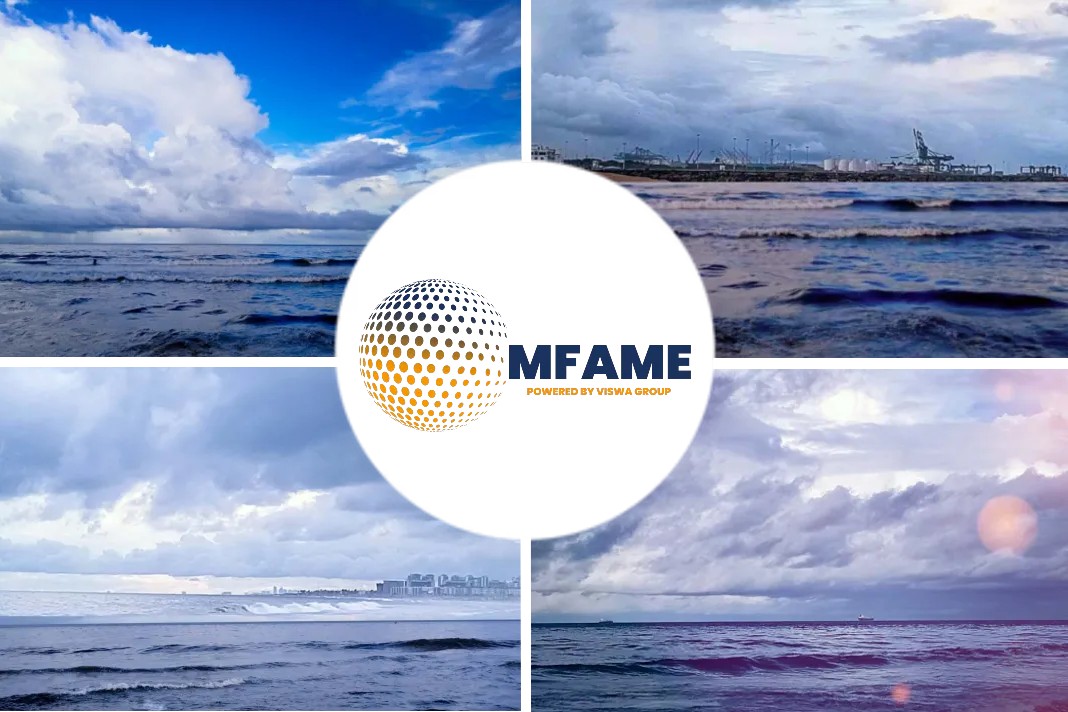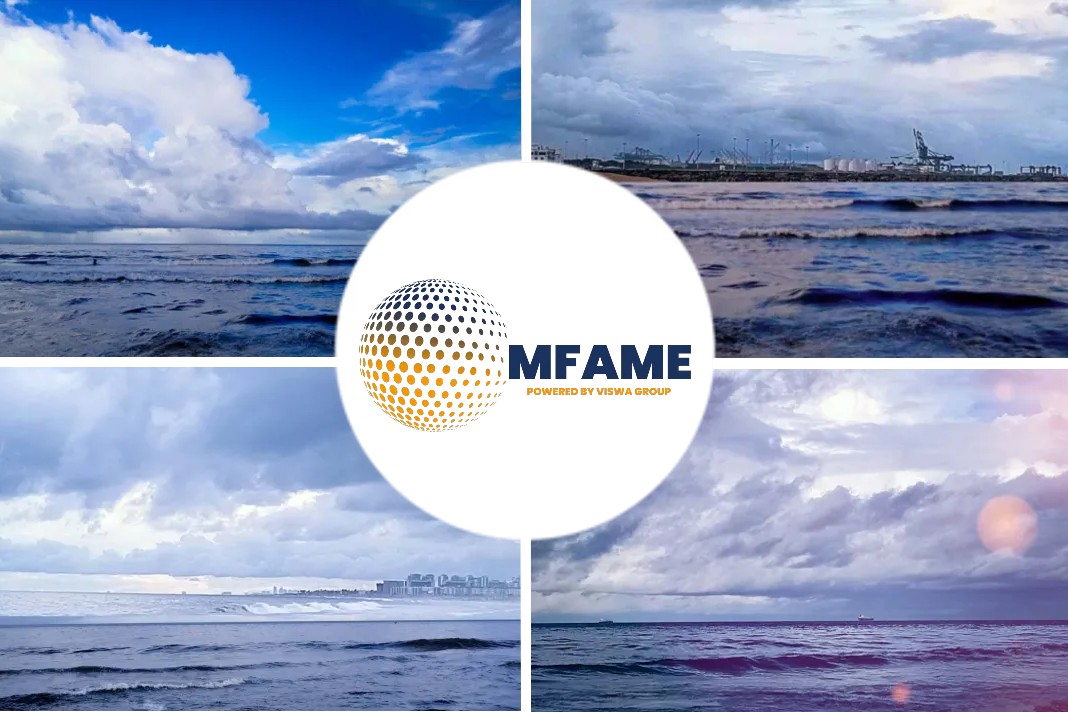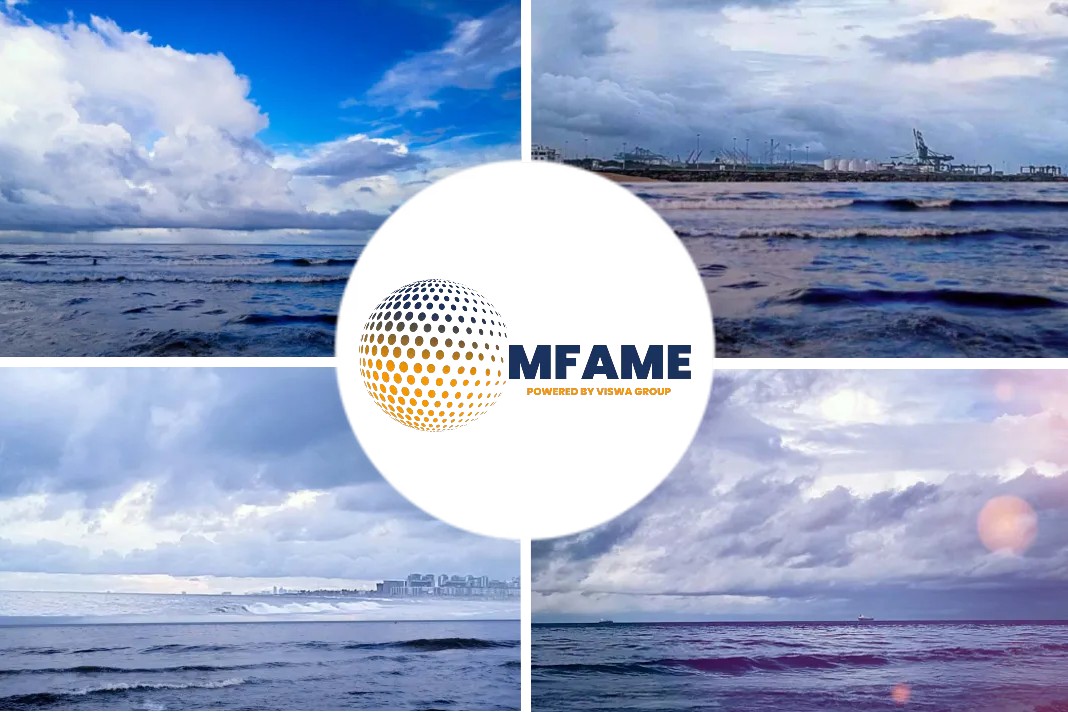The Baltic Briefing has released a report about the dry bulk market of the 9th week of shipping activities of this year. The report dated 28th February highlights the plight of the dry bulk market at the on-sight of the 9th week.
Capesize
The Capesize market woes related to Coronavirus have now spread through the wider global markets like wildfire. The wider supply and demand and operational ramifications now seem painfully clear.
With Capes already trolling the bottom of the market there was little left to be squeezed out of it this week.
With oil prices bearing the brunt of poor forecast demands in the coming months, traders kept a close eye on the declining fuel costs. This added a little volatility as route earnings improved to quickly readjust down once again.
- The Capesize 5TC, now $2,274, has remained below $3,000 for three weeks straight, whilst market conditions seemingly continue to deteriorate.
- The West Australia to China C5 opened the week at $5.99 to close out the week at $5.20.
- The Brazil to China C3, which is still lacking in any solid spot cargo flow, opened the week at $13.015 to close at $12.585.
- In other news the VLOC ‘Stella Banner’ (300,660 dwt) laden with 294,000mt iron ore has been reported to have intentionally grounded to avoid capsizing shortly after leaving the port of Ponta Da Madeira, Brazil.
Panamax
Last week witnessed plenty of improvement in the market aided with bunker prices falling, sentiment now seems generally optimistic.
The North Atlantic trades continued to struggle, but with fronthaul volume increasing from East Coast South America (ECSA), particularly end March/early April shipments, rates improved.
However, several still viewed current levels within the Atlantic as a good buying opportunity and took cover by booking tonnage for two-to-three laden legs within the Atlantic.
- The highlight rate on Arrival Pilot Station (APS) ECSA, basis being $14,700 plus $470,000 ballast bonus on an 82,000dwt ship. $11,000 was also concluded a couple of times on nicely described 82,000dwt tonnage, both delivery Singapore.
- Elsewhere in Asia there were small incremental improvements over the week, with some support being lent.
- There were steady levels of fixing ex Australia and North Pacific, with mid $7,000’s for North Pacific rounds getting fixed on a couple of occasions.
Supramax/Ultramax
Sentiment was up in a few key areas over the last week with the Baltic Supramax Index (BSI) gaining 63 points since Monday.
- Period inquiry remained mainly from the Indian Ocean, with a 53,000dwt vessel open Arabian Gulf fixing one year’s trading in the $9,000s.
- From the Atlantic, better activity was seen from East Coast South America, with demand up particularly for Transatlantic runs. A 61,000dwt ship was seen fixing delivery Recalada trip Skaw/Mediterranean in the low $13,000s.
- There were strong numbers from the US Gulf, with a 58,000dwt vessel reported fixing for a Japan trip at $21,000.
- There was a good number of clinker runs from the East Mediterranean, a 66,000dwt ship fixing delivery Turkey trip to West Africa in the $11,000s.
The Asian Basin remained positional, but sentiment improved overall.
- A 63,000dwt ship fixing delivery South Korea for a North Pacific round, redelivery Southeast Asia, in the upper $7,000s.
- More enquiry from the Indian Ocean, with Ultramaxes seeing in the low $12,000s and low $200,000s ballast bonus redelivery Pakistan/West Coast India.
Handysize
The Handysize market experienced a more positive week, with the Atlantic routes driving the charge on a positionally tighter supply/demand outlook.
HS1, Continent-EC South America, and HS2, Continent-US East Coast, were the main beneficiaries, posting gains of 554, and 571 points respectively, on the week.
The time charter average duly gained 285 points on the week, to close at 5,831.
The Pacific, meanwhile, remained subdued, both in terms of volume and rate levels, where it traded flat at the end of the week, as macroeconomic concerns continued to weigh.
Such was the dichotomy in the market, however, brokers remained divided as to whether this week’s improvements were sustainable – some cited the growing tonnage count in several areas – the longer-term outlook therefore remains far from certain.
Did you subscribe to our daily newsletter?
It’s Free! Click here to Subscribe!
Source: Baltic Briefing















